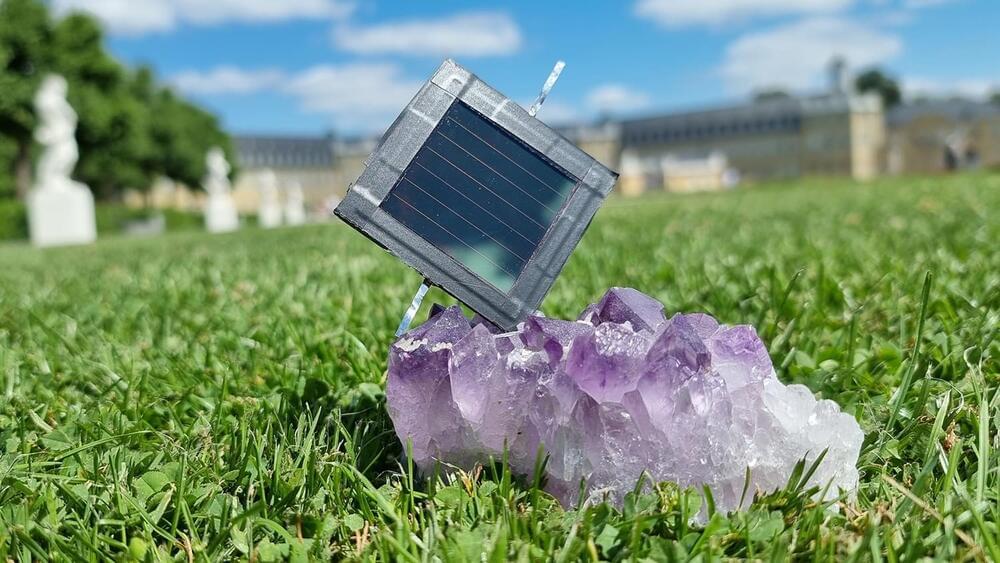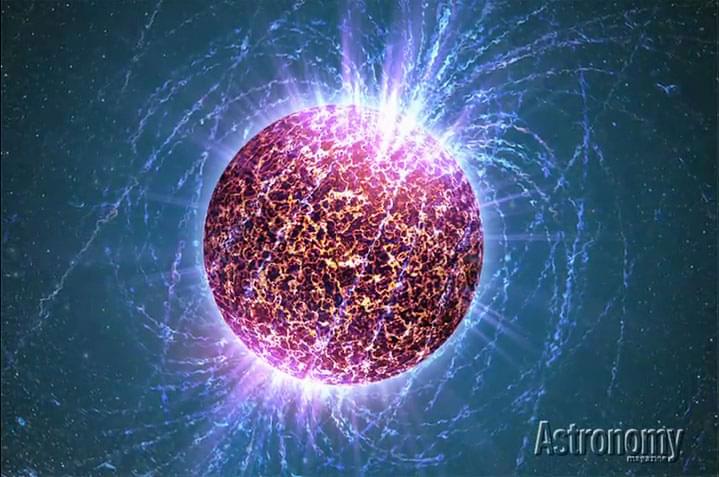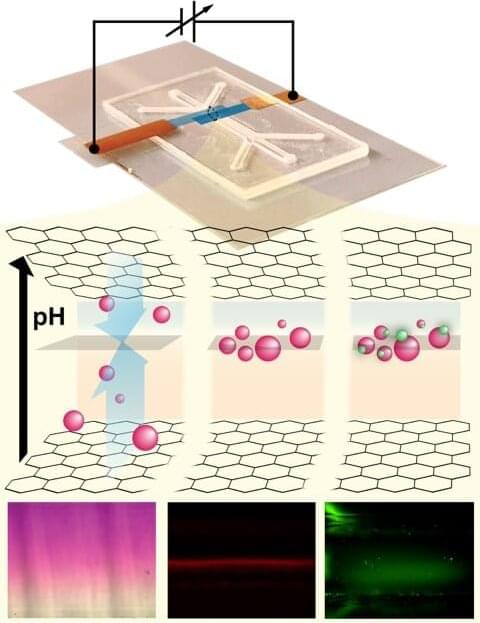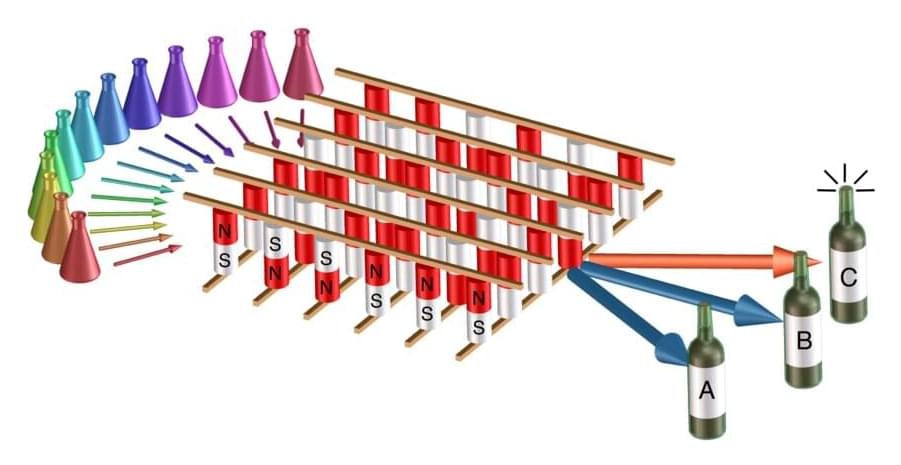Now, researchers at the Karlsruhe Institute of Technology (KIT) have developed a prototype for fully scalable all–perovskite tandem solar modules. They were able to scale up individual perovskite cells with a power conversion efficiency of up to 23.5% at an aperture area of 0.1 square centimeters to all-perovskite tandem solar modules with an efficiency of up to 19.1% with an aperture area of 12.25 square centimeters.
The aperture area is the usable part of the surface that is not covered by electrodes, frames, or fasteners. At approximately five percent, the loss of efficiency when upscaling is relatively low. “This is the first report of an all-perovskite tandem solar module worldwide,” says Dr. Bahram Abdollahi Nejand, lead author of the publication and team leader for all-perovskite tandem solar modules.
The KIT researchers claimed this remarkable result is the first of its kind reported worldwide. To obtain this, the team increased the efficiency by optimizing the light path and reducing reflections in the solar cell architecture. They implemented an efficient layout for tandem solar modules using high-throughput laser scribing that enables the production of functional tandem solar mini-modules with two-terminal interconnected cell strips. Lastly, they used coating processes (blade coating and vacuum deposition) that are already established in industrial practice.









